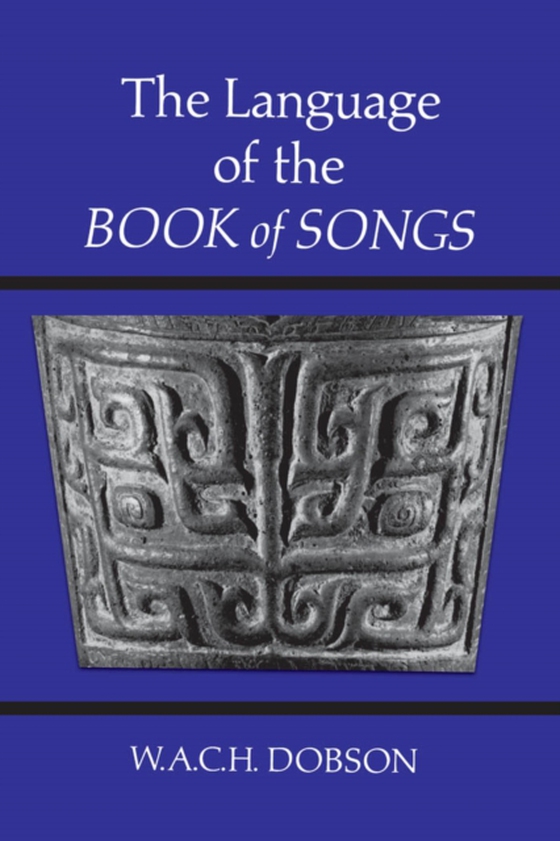
Language of the Book of Songs e-bog
403,24 DKK
(ekskl. moms 322,59 DKK)
This is the fourth volume in Professor Dobson's pioneering researches into the nature and development of Classical Chinese. The first volume, Late Archaic Chinese, appeared in 1959 and laid the foundations for a systematic and scientific study of the grammar of Classical Chinese. It described specifically the language of the 4th-3rd centuries B.C. The second volume, Early Archaic Chinese, publi...
E-bog
403,24 DKK
Forlag
University of Toronto Press
Udgivet
15 december 1968
Længde
352 sider
Genrer
1FPC
Sprog
English
Format
pdf
Beskyttelse
LCP
ISBN
9781442653801
This is the fourth volume in Professor Dobson's pioneering researches into the nature and development of Classical Chinese. The first volume, Late Archaic Chinese, appeared in 1959 and laid the foundations for a systematic and scientific study of the grammar of Classical Chinese. It described specifically the language of the 4th-3rd centuries B.C. The second volume, Early Archaic Chinese, published in 1962, described the language of the 11th and 10th centuries B.C. through the decipherment of a corpus of bronze inscriptions hitherto imperfectly understood. Late Han Chinese, the third volume, appeared in 1964. In this volume the inquiry was carried into the 1st and 2nd centuries A.D. and the shift from Archaic to Classical Chinese was studied. In this, the fourth volume, the language of the Book of Songs, a classic anthology of verse, is analysed and described. The Book of Songs uniquely provides data from the 9th and 8th centuries B.C., though it ranges in its entirety from the 10th to the 7th centuries B.C. This study, together with its predecessors, and with monographs that have appeared simultaneously, constitutes a historical survey of the Chinese language from the 10th century B.C. to the 2nd century A.D.Linguistic analysis of the text of the Book of Songs adds considerably to our knowledge of the history and development of the language. But such analysis, too, makes an important contribution to the solving of problems with which literary historians are concerned. For example, much light is shed on the dating and authorship of individual pieces: it is now possible to arrange the poems in chronological order. By a study of the formulaic phrases, the history of the development of the various genres can be traced. In examining the development of prosodic devices, linguistic analysis offers much information on the origin and development of poetry in China. This book contains, in addition to an analysis and description of the language, appendices which tabulate the occurrences and distribution of the formulaic phrases, and which enumerate the departures from prose writing that Chinese poets make-the "e;licence"e; they take with language. An index of Chinese grammatical auxiliaries is also provided, which, with similar indices in previous volumes, constitutes the most comprehensive dictionary of classical particles yet to appear.
 Dansk
Dansk

